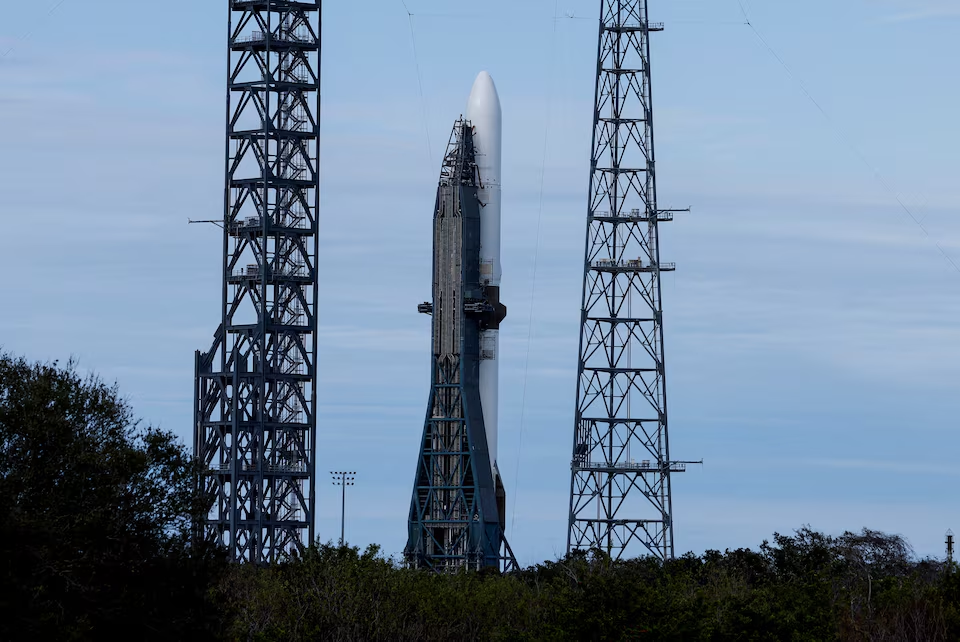Essay by Eric Worrall
“… seasonal lulls in wind and solar output has led to a big increase in the amount of gas being burnt to produce electricity. …”
AEMO warns of immediate gas shortfall threat as cold snap, renewable lulls and outages bite
By energy reporter Daniel Mercer
Posted Thu 20 Jun 2024 at 4:09pmThursday 20 Jun 2024 at 4:09pm, updated Thu 20 Jun 2024 at 6:41pm
- In short: The Australian Energy Market Operator has warned of immediate gas supply risks across south eastern Australian.
- The warning comes following increased demand for gas amid a cold snap, lower green power generation and supply problems.
- What’s next? AEMO says the risk of supply shortages on peak demand days is likely to stay in place until September 30.
…
The warning was sparked by a spike in gas demand following a cold spell, a lack of renewable power in recent weeks and an outage at the Longford gas plant in Victoria – the biggest source of gas in southern Australia.
Combined, the shocks to the system have led to a run on Victoria’s most biggest and most important gas storage facility at Iona, about 230km south-west of Melbourne.
They have also sent the gas market skywards, with prices trading at almost $30 a gigajoule today – levels last seen during the energy crisis two years ago.
…
A recent run of cold weather has caused a spike in demand for gas for heating across many of the southern states.
At the same time, seasonal lulls in wind and solar output has led to a big increase in the amount of gas being burnt to produce electricity.
…
Reliability risks are increasing according to the AEMO, though the latest report paints a rosy picture of all the investment in renewables which is going to materialise. Any day now.
Urgent investment needed for electricity reliability
21/05/2024
AEMO has today published an update to the 2023 Electricity Statement of Opportunities (ESOO) report, the 10-year reliability outlook for the National Electricity Market (NEM).
The update was triggered due to material changes impacting reliability risks since the 2023 ESOO was published last August, including new commissioning dates for Project EnergyConnect, and mothballed gas and diesel generators in South Australia.
The addition of approximately 4.6 gigawatts (GW) of new generation and storage projects that have sufficiently advanced was also considered in this ESOO update.
AEMO CEO Daniel Westerman said the report’s findings again call for timely investment in projects to generate, store and share electricity to manage reliability risks driven by retiring coal plants.
“Australia’s energy transition is well underway,” Mr Westerman said.
“Industry and governments are responding to the reliability risks from retiring coal by investing in new infrastructure to ensure a reliable and secure electricity supply going forward.
“The urgency for the timely delivery of transmission, generation and storage, and use of consumer electricity resources to support the grid, remains to meet consumers’ energy needs,” he said.
Today’s report forecasts varying reliability gaps in all mainland regions of the NEM over the ESOO outlook period in the ESOO central scenario, which only considers existing, committed1 and anticipated projects2.
However, this assessment does not include federal or state government energy programs or approximately 280 GW of proposed generation and storage projects in the development pipeline, 4.5 times today’s NEM capacity.
Compared to the 2023 ESOO central scenario, reliability risks have increased in New South Wales and Victoria from 2024-25 to 2027-28 and increased in South Australia in 2026-27. Due to newly considered generation and storage developments, reliability risks are forecast lower than the 2023 ESOO central scenario towards the end of the horizon in all mainland regions.
“While new generation and storage capacity continues to increase, project development and commissioning delays are impacting reliability throughout the horizon,” Mr Westerman said.
“Reliability improves when considering actionable transmission projects3 – those listed to proceed as soon as possible in the Draft 2024 Integrated System Plan – and when forecast grid support from consumer energy resources are applied.
“Adding new generation and storage projects through federal and state government programs4 then shows that reliability risks have the potential to be managed within relevant standards over most of the next 10 year horizon,” he said.
As a result of the reliability gaps forecast, AEMO will tender for Interim Reliability Reserves in New South Wales and Victoria to minimise reliability risks should low reserve conditions emerge over summer 2024-25.
For the first time, AEMO’s reliability report includes new information on generation and storage locations which have the potential to improve regional reliability risks.
With further transmission development, including VNI West and HumeLink, this analysis shows the locations in each mainland region that can provide the most reliability benefit through new generation and storage development.
The next ESOO will be published in August 2024 in accordance with the National Electricity Rules requirements, using further information from developers and market participant surveys, which feed into the Generation Information and Transmission Augmentation Information files.
…
Read more: https://aemo.com.au/newsroom/media-release/urgent-investment-needed-for-electricity-reliability
Oh hangon, wasn’t the current crisis precipitated by a seasonal drop in renewable output? Doesn’t that mean building more renewables wouldn’t help with a similar winter crisis in the future?
If only instead of building lots of useless renewables, our governments had expedited permits for the construction of a few extra major gas plants, instead of running the system into the ground in the name of the energy transition. That way when the first plant suffered outages, the second plant could have increased supply and covered the shortfall.
Of course there are significant political hurdles to overcome to increase gas production on the East Coast of Australia. Gas rich Victoria, one of the states most affected by the shortages, is so anti-resource exploitation that in 2021 Victoria wrote a ban on gas fracking into the state constitution.
Related












/https://tf-cmsv2-smithsonianmag-media.s3.amazonaws.com/filer_public/34/31/3431771d-41e2-4f97-aed2-c5f1df5295da/gettyimages-1441066266_web.jpg)







Discussion about this post